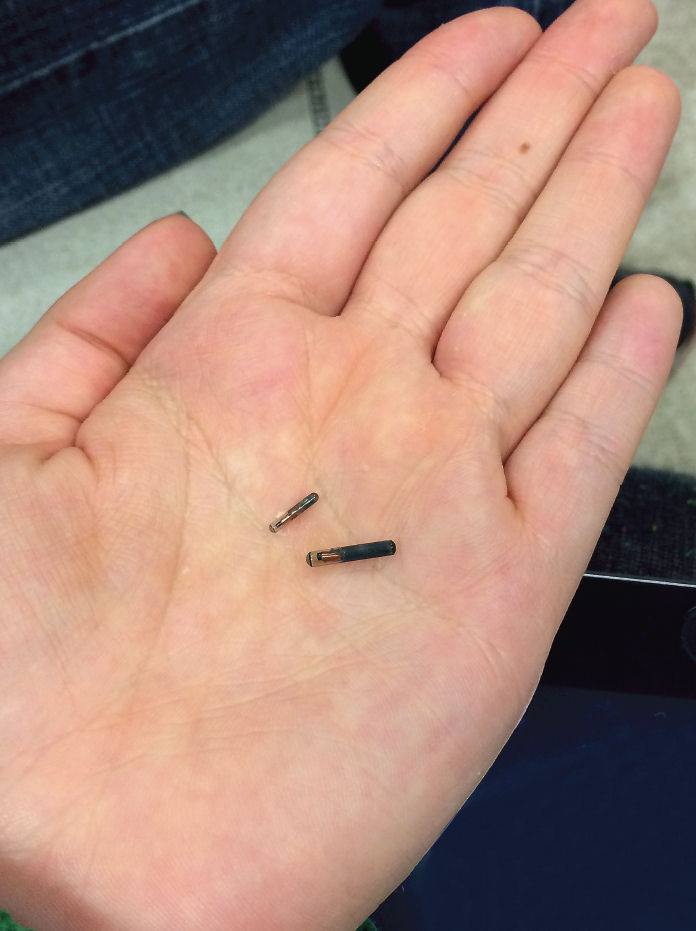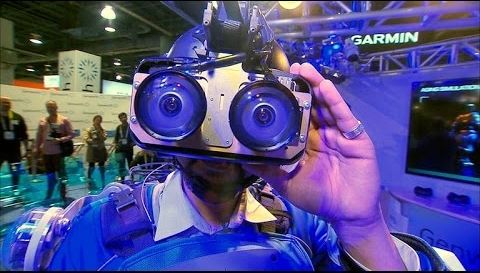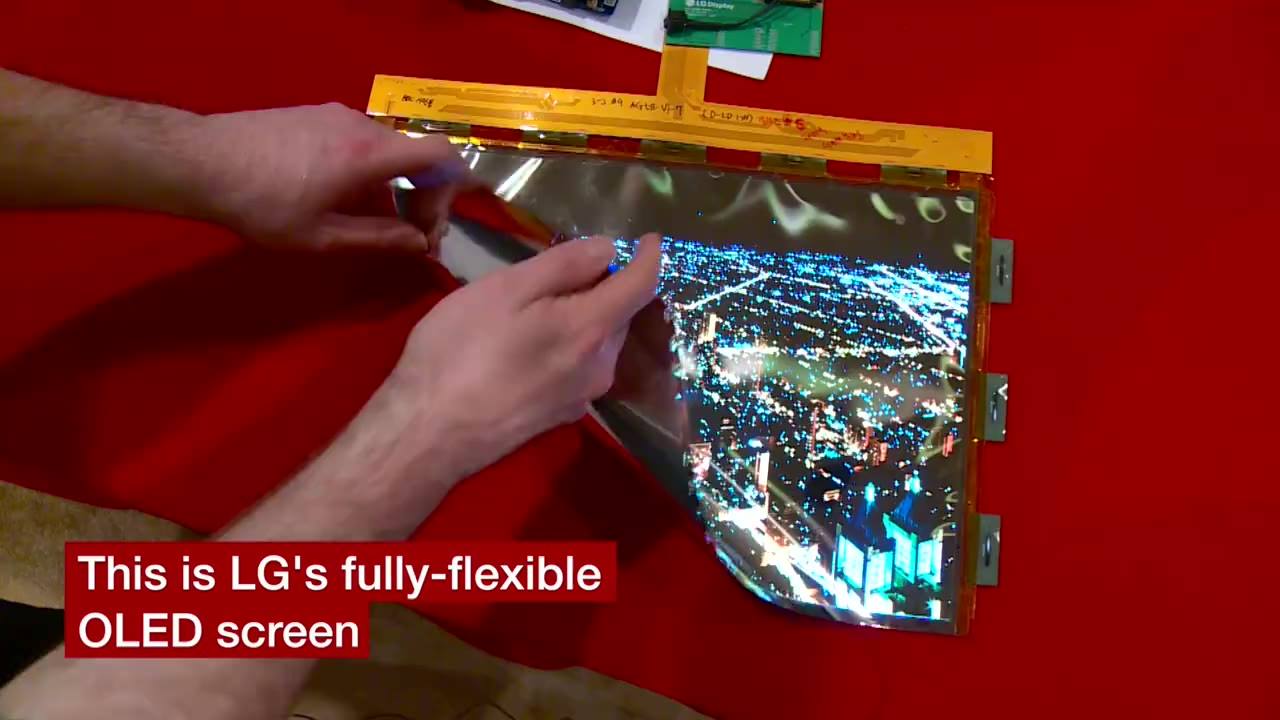Jan 13, 2016
7 Mind-Blowing Digital Health Tools That Could Disrupt Health Care in 2016
Posted by Karen Hurst in categories: biotech/medical, computing, cyborgs, electronics, existential risks, health, wearables
Wow!!! Chewing gum wearable technology, Cyborg Chips, Ingestible sensors to let doctors know if you’re taking your meds, etc. 2016 is going to be interesting
The phrase “Brave New World” has become one of the most often used clichés in medical technology in recent years. Google the title of Aldous Huxley’s 1932 dystopian, and anticipatory, novel with the word medicine and 2,940,000 results appear.
But could there be better shorthand to describe some of the recent developments in medical, health and bio-tech? Consider these possibilities coming to fruition, or close to, in 2016:
Continue reading “7 Mind-Blowing Digital Health Tools That Could Disrupt Health Care in 2016” »

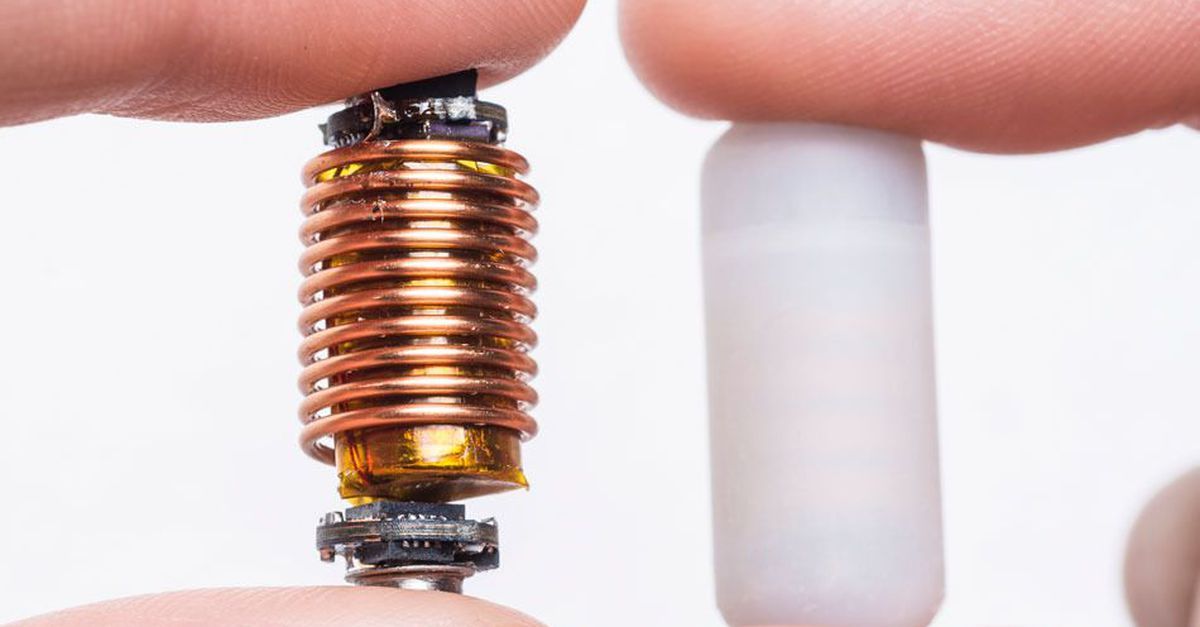

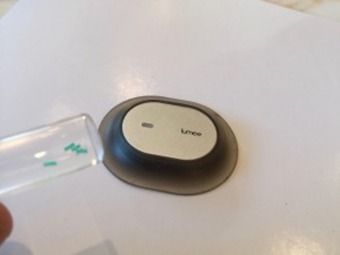 Last week at CES, South San Francisco based Profusa showed off an upcoming injectable sensor that can be used to continuously monitor oxygen levels in tissue. Measuring only five millimeters long and a tiny 250 microns in diameter, the biosensor can be injected into tissue with just a hypodermic needle. It consists of a soft hydrogel scaffold that allows it to be biologically compatible with the surrounding tissue without any foreign body response. The sensor also contains a special chemical marker that changes fluorescence depending on the amount of oxygen that reacts with it. An optical reader placed on the skin measures the fluorescence and relays the data to a smartphone. The biosensor can last as long as two years (at which point the chemical marker begins to lose its potency), and because it contains no electronics and is completely biocompatible there’s no need to remove it.
Last week at CES, South San Francisco based Profusa showed off an upcoming injectable sensor that can be used to continuously monitor oxygen levels in tissue. Measuring only five millimeters long and a tiny 250 microns in diameter, the biosensor can be injected into tissue with just a hypodermic needle. It consists of a soft hydrogel scaffold that allows it to be biologically compatible with the surrounding tissue without any foreign body response. The sensor also contains a special chemical marker that changes fluorescence depending on the amount of oxygen that reacts with it. An optical reader placed on the skin measures the fluorescence and relays the data to a smartphone. The biosensor can last as long as two years (at which point the chemical marker begins to lose its potency), and because it contains no electronics and is completely biocompatible there’s no need to remove it.
